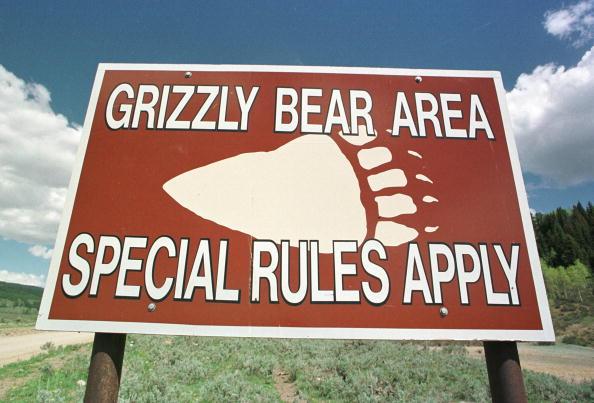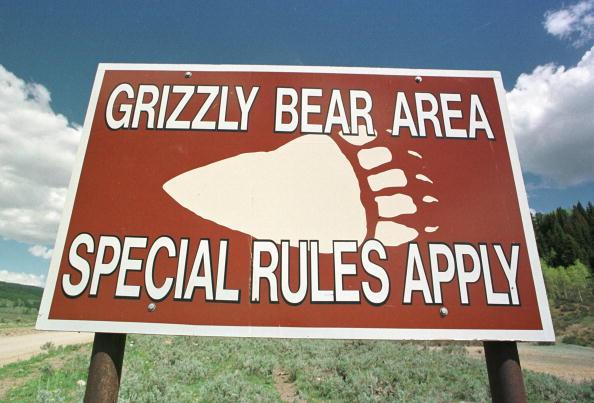When I was a kid, I used to ride around in my mom’s little hatchback with no seatbelt except the almighty motherly arm-fling every time she slammed on the brakes. Funny how times change — my own daughter is put in a 5-point harness car seat like a racecar driver. Putting on a seatbelt is routine and commonplace – and the same should be true of carrying bear spray in bear country. Each time I walk out the door to enjoy a hike or work in bear country, I carry bear spray. I have had to face the friendly chuckles and jokes about why I am carrying it so close to town or on popular trails. So why do I continue to carry it? Because like a seatbelt, the benefits far outweigh the potential risk, however unlikely.
Though conflicts with bears are fairly rare, in the case of an attack, bear spray gives you the chance you need to get away. Research studies have shown that 98 percent of those who carry bear spray will come out of a close encounter with a bear uninjured. In fact, bear spray has an even higher rate of success in protecting humans from bear conflicts than firearms. Another study assessed more than 250 human-bear conflicts to find that over half of the people that came into a conflict with a bear and used a firearm to protect themselves were injured. In the same study, when firearms were used, 60 percent of the time, a bear was killed. The bottom line? Bear spray is a tool that increases your safety while also preventing bear mortalities, since bear spray is not lethal to bears.
While we are strong proponents of carrying bear spray in bear country, nothing can replace common sense. Bear spray should be there as last defense. It is not there to replace good judgment and actions that avoid conflict in the first place. Here are a few tips I’ve picked up from over 15 years of working and living in bear country.
- Pay attention to your surroundings. For example, I do not wear headphones while running in bear country.
- Watch for signs of wildlife. Be on the lookout for scat, tracks, and other indicators.
- Make noise every so often to alert wildlife to your presence. Bears will most likely move away if they hear you coming.
- Keep your food contained in a bear-resistant manner. For example, use bear-resistant food storage lockers at campgrounds or hang food properly when in the backcountry. Do not leave coolers out on picnic tables. When bears find an easy meal, they remember and often return to places they have found “human produced food.” Mother bears can even teach their cubs this behavior – and it usually ends badly for bears.
- Carry bear spray and be knowledgeable about how to use it. Most companies sell inert training canisters for practice use.
By being aware and alert in bear country you can avoid conflicts and most likely never have a situation where you have to use bear spray.
People are reluctant to change, and it can be challenging to carry one more thing when you are out and about. Trust me; I have a 4 year old so I am frequently touting snacks, water bottles, a change of clothes, a haggard baby doll and whatever sticks get picked up along the way. Getting out of our house with minimal stuff is usually an unrealized goal. However, sacrificing safety for convenience is something I am not willing to do. It takes adjustment, but in the end it is a win-win for everyone. So as you’re experiencing the great outdoors, be sure to bring along some bear spray and know how to use it if necessary!
This article was originally written and published by Erin Edge, a contributing writer for defendersofwildlife. For the original article and more info, please click HERE.

